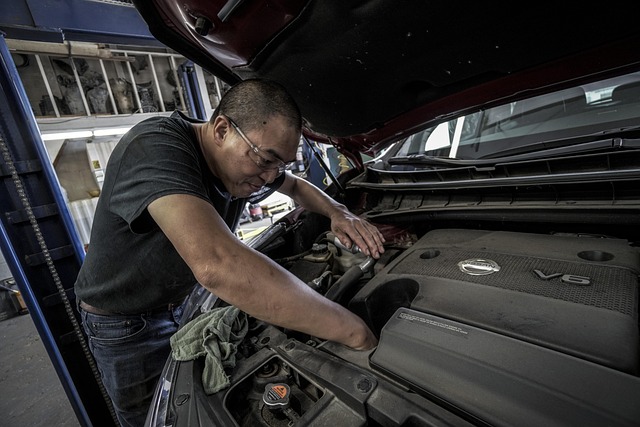High humidity in New Braunfels creates ideal conditions for mold growth, posing health risks and causing property damage. Air quality testing is vital for identifying invisible mold spores and guiding remediation strategies. Homeowners can mitigate issues by installing dehumidifiers, regular cleaning, improving ventilation, sealing gaps, and conducting professional inspections to address hidden mold early.
In the humid climate of New Braunfels, high humidity levels often lead to persistent mold growth issues in homes. Understanding the intricate relationship between these factors is key to maintaining a healthy living environment. This article delves into the significance of air quality testing during mold inspections and offers effective strategies to combat mold in local residences. By exploring these measures, homeowners can effectively address high humidity-driven mold problems and ensure optimal indoor air quality.
- Understanding High Humidity and Its Role in Mold Growth
- The Importance of Air Quality Testing During Mold Inspections
- Effective Strategies to Address Mold Growth Issues in New Braunfels Homes
Understanding High Humidity and Its Role in Mold Growth

In New Braunfels homes, high humidity levels often signal a potential breeding ground for mold. Mold thrives in damp environments, and when left unaddressed, it can cause significant health issues for residents and damage to properties. Understanding how humidity contributes to mold growth is crucial in effectively mitigating these issues. High humidity allows moisture to accumulate on surfaces, providing the perfect conditions for mold spores to germinate and proliferate. This is especially problematic in areas with poor ventilation or where water leaks are common.
New Braunfels’ climate, characterized by high humidity during certain seasons, exacerbates the problem. As moisture-laden air circulates through homes, it can lead to visible mold growth on walls, ceilings, and even within structural components. Prompt action is necessary when signs of mold are detected. Air quality testing and thorough inspection are essential steps in identifying hidden mold sources and determining the extent of potential contamination. This proactive approach helps protect both the health of homeowners and the value of their properties.
The Importance of Air Quality Testing During Mold Inspections

During mold inspections, particularly in regions with high humidity like New Braunfels homes, air quality testing is an essential component that shouldn’t be overlooked. This is because it provides critical insights into the presence and concentration of airborne mold spores, which can be difficult to detect through visual inspection alone. By analyzing air samples, professionals can confirm if mold growth issues exist, even in hidden or hard-to-reach areas.
Understanding the air quality helps in determining the extent of the problem and guiding appropriate remediation strategies. For instance, if testing reveals elevated levels of mold spores, it indicates a more severe issue that requires targeted cleaning and decontamination measures. Conversely, lower readings suggest minimal concerns, allowing for less invasive interventions. Regular air quality testing during inspections ensures that any mold-related issues are identified early, preventing them from escalating and causing further damage to New Braunfels homes.
Effective Strategies to Address Mold Growth Issues in New Braunfels Homes

High humidity is a prime contributor to mold growth issues in New Braunfels homes. To address this, homeowners should focus on improving indoor air quality and reducing moisture levels. One effective strategy is to install a dehumidifier, especially in areas prone to high humidity like basements or bathrooms. Regularly cleaning and maintaining these spaces can also help prevent mold growth by eliminating sources of water or moisture.
Additionally, ensuring proper ventilation throughout the home is crucial. This includes using exhaust fans during activities that generate steam, such as showering or cooking, to remove excess moisture from the air. Sealing gaps in walls, attics, and windows can further reduce indoor humidity levels, making it less hospitable for mold to thrive. Regular professional inspections can also help identify any hidden mold growth early on, allowing for prompt and effective remediation.
High humidity levels are a significant contributor to mold growth, particularly in areas like New Braunfels. By understanding how humidity facilitates mold development, homeowners can proactively address these issues through regular air quality testing during inspections. This practice enables early detection of problematic environments, allowing for swift implementation of effective strategies to mitigate and prevent mold growth. For New Braunfels residents, tackling high humidity-related mold concerns head-on is key to maintaining a healthy living space.
